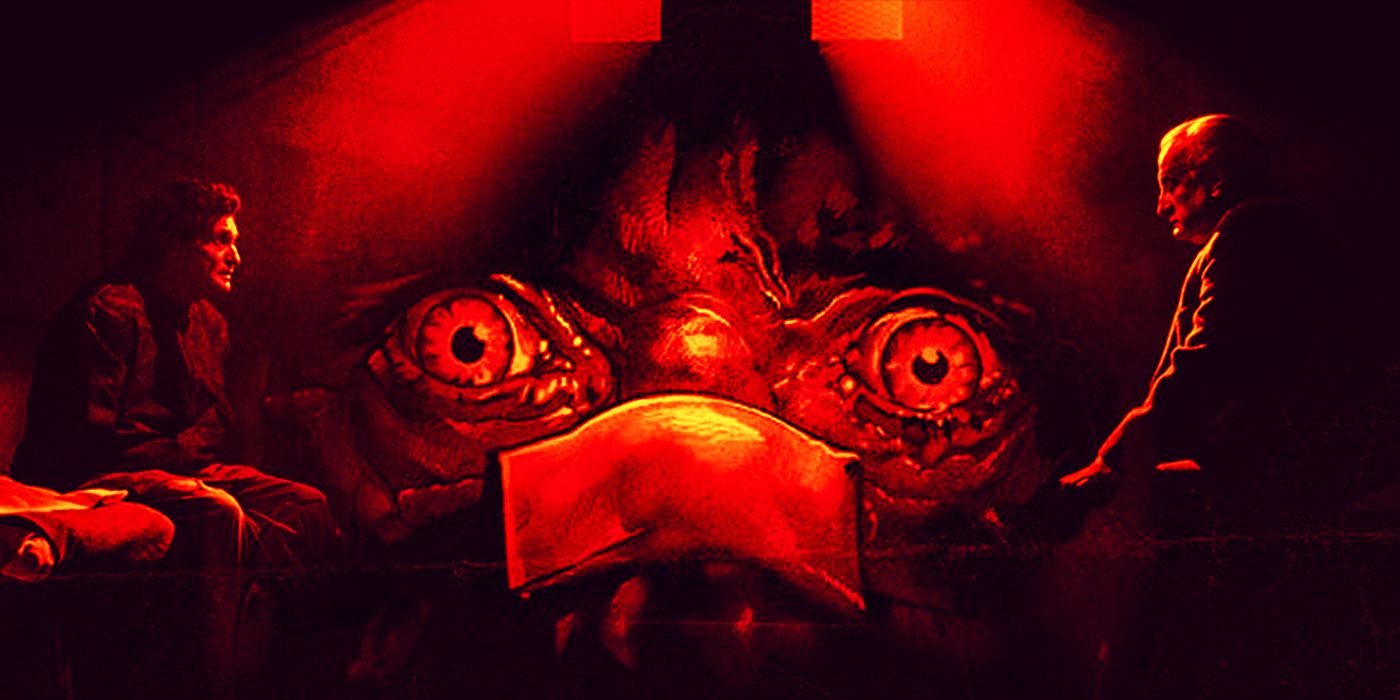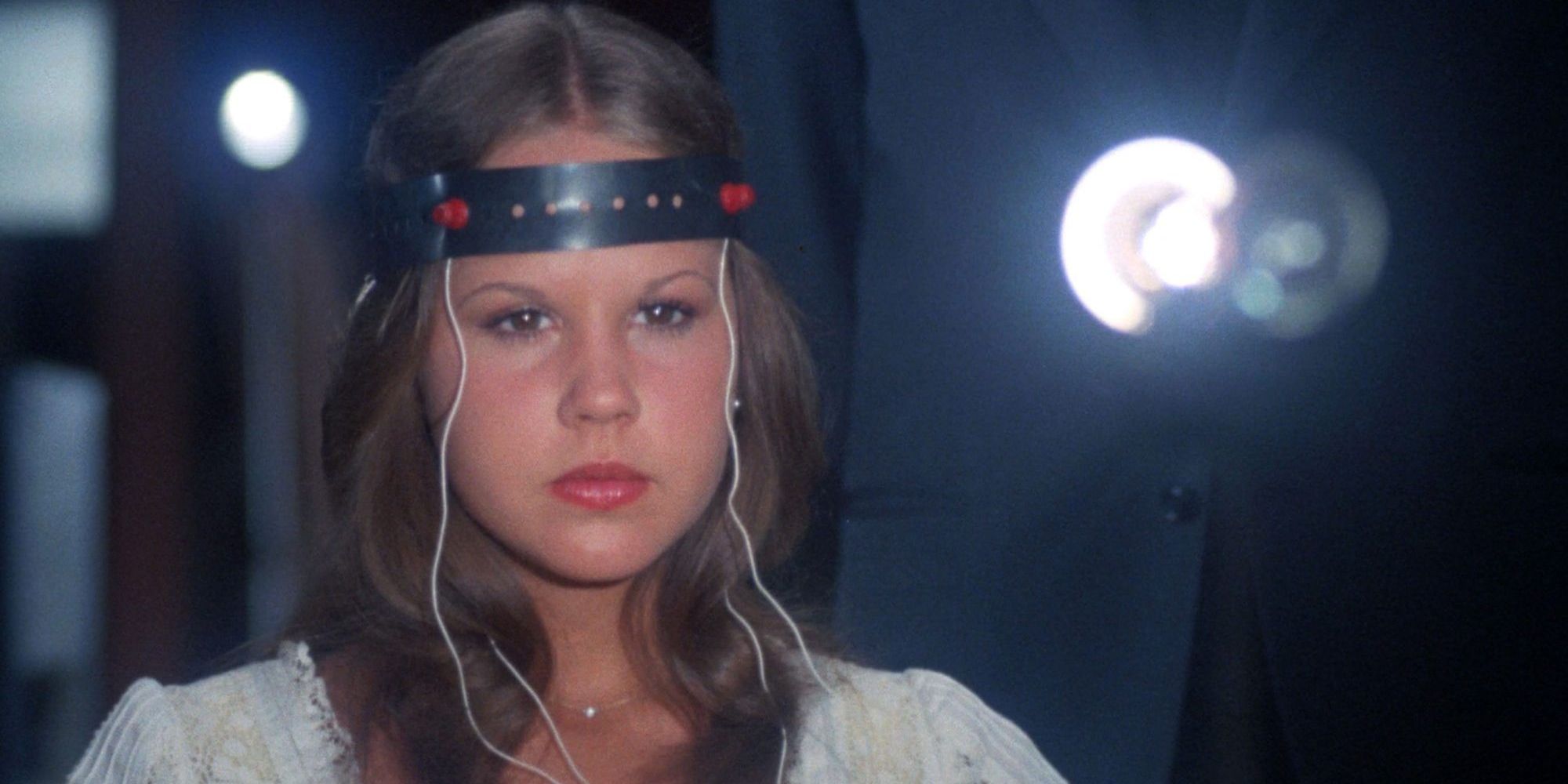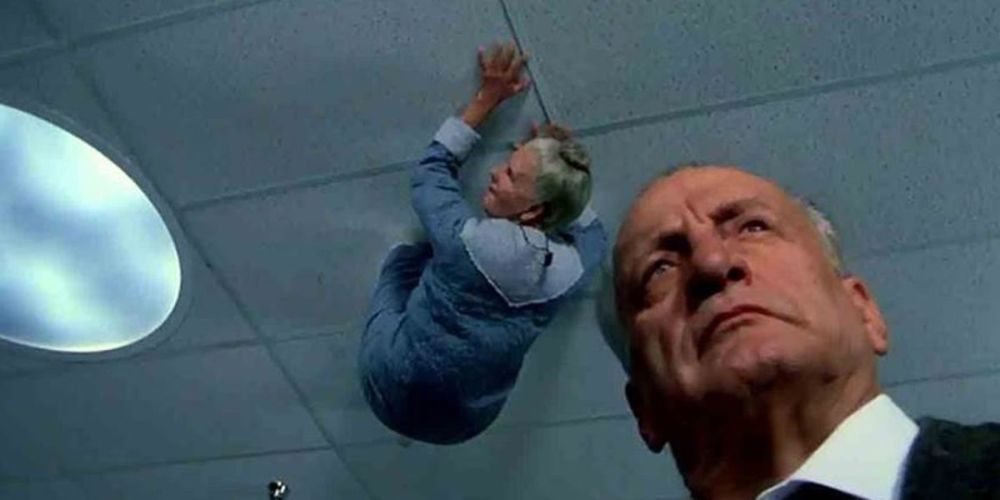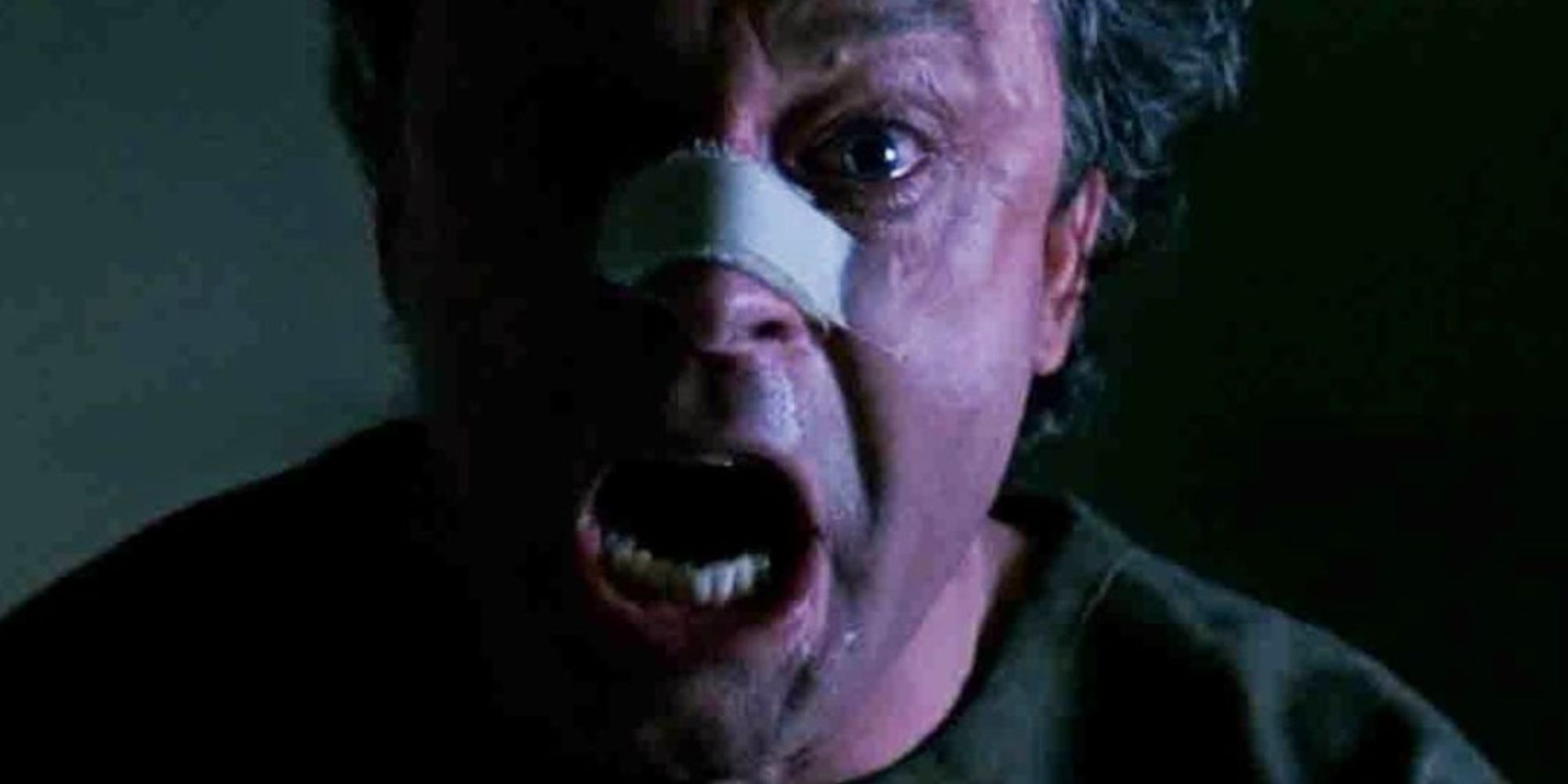The Big Picture
- The Exorcist III is one of the greatest threequels in the horror genre, overcoming the failure of Exorcist II to deliver a unique and captivating storyline.
- The film follows Lieutenant William F. Kinderman as he investigates a series of murders resembling the work of a long-dead killer, showcasing his crisis of faith and internal struggles similar to the original Exorcist.
- Brad Dourif's standout performance as the possessed serial killer, James Venamun, provides chilling dialogue and intense conversations with Kinderman, elevating the film's supernatural elements through superb acting and literary gravitas.
Horror movie sequels generally face the same uphill battle that comedy sequels do — they must expand upon the original concept, while also not falling into patterns of repetition. The longest-running horror franchises like Halloween, A Nightmare on Elm Street, and Friday the 13th have remained exciting because the films play fast and loose with mythology, allowing for different creative teams to provide their own interpretation. With The Exorcist: Believer currently playing in theaters, there's no better time than now to take a look back at how the beloved franchise conquered the hurdle that all horror franchises must overcome to reach icon status: The threequel. That's right — The Exorcist III is arguably the greatest threequel the genre has ever produced.
'The Exorcist III' Had a Big Hurdle To Climb After 'Exorcist II: The Heretic' Bombed
The creative team behind The Exorcist III knew a little something about daunting expectations; back in 1990, the film's prospects seemed disastrous. William Friedkin's original The Exorcist is, of course, a masterpiece that received unprecedented audience reactions in 1973 and brought a new level of critical legitimacy to the genre, becoming the first horror film nominated for Best Picture. Any sequel would have a massive hill to climb, but 1977's Exorcist II: The Heretic — which continued the story of Regan MacNeil (Linda Blair) — pretty much tumbled straight to the bottom. Cited by critics like Gene Siskel and Mark Kermode as one of the worst films ever made, director John Boorman’s sequel was notoriously met with animosity from audiences, particularly Friedkin himself. Needless to say, there wasn't exactly a demand for a sequel, especially a decade later. But what makes The Exorcist III a legitimately great film — and particularly a great threequel — is the way it pivots into its own unique storyline while also acting as a complementary work to the original.
What Is 'The Exorcist III' About?
With original The Exorcist author William Peter Blatty making his directorial debut on the film, The Exorcist III transformed the series into a meticulous investigative thriller following the soon-to-be-retired Lieutenant William F. Kinderman (George C. Scott) as he attempts to solve a series of murders that resemble the work of the long-dead "Gemini Killer." Kinderman faces a similar crisis of faith as Jason Miller’s Father Damien Karras from the original, and Scott is quietly heartbreaking in the role. Kinderman has become exasperated by the violence surrounding him, and Scott does a particularly devastating job of showing how the case slowly chips away at Kinderman’s faith in both God and the law. It's an interesting mirror of both the desperation that haunted Chris MacNeil (Ellen Burstyn) and the doubts plaguing Father Karras in The Exorcist.
The hard-boiled mystery approach elevates Kinderman's internal struggles. Even applying his wealth of experience to the case, the character becomes aware he’s facing something inherently evil. That's a terrifying realization in both films; The Exorcist and The Exorcist III examines what it means for a normal person to experience something beyond this world that shakes them to their core.
Brad Dourif Gives a Standout Performance in 'The Exorcist III'
As outstanding as Scott is, it’s impossible to talk about this film without also praising Brad Dourif as the serial killer James Venamun, who is possessed by the Gemini Killer. It’s a shame the film had such minimal impact on release, because Dourif deserved an Academy Award nomination for Best Supporting Actor. His work is just as gripping as the Oscar-nominated turns by Burstyn, Miller, and Blair in the original, and Dourif is one of the most underappreciated character actors of all time.
Dourif's Gemini Killer squares off against Scott's Kinderman in a series of extended conversations that are the centerpiece of the film. It never quite breaks from the parameters of a detective questioning a suspect, but Dourif’s increasing agitation conveys the supernatural influence purely through dialogue and performance. The dialogue is infused with the same literary gravitas that you would expect from an author of Blatty's stature. The nature of James' possession allows him to be deliberately wordy, and his descriptions of how his “master” commands his nature and the details of his crimes are more chilling than any jump scare or gratuitous kill would be. “A decapitated head can continue to see for approximately twenty seconds,” he expounds at one point. “So when I have one that's gawking, I always hold it up so that it can see its body. It's a little extra I throw in for no added charge. I must admit it makes me chuckle every time.”
The onscreen violence is kept to a relative minimum (although some gruesome crucifixions are pretty hard to shake from your memory), and the jump scares that do come are sparse and rewarding. An extended sequence in which Kinderman wanders through a hospital builds anticipation with its barren setting and silent backdrop, concluding in an iconic moment of terror that is perhaps the film’s most well-known scene.
Even taking into account a few studio-mandated changes — Fun fact: The Exorcist III originally didn't feature an exorcism, and it worked better — The Exorcist III is a masterfully crafted work of suspense that can be enjoyed by both devotees of the original and those who have never seen it. Fans of David Fincher’s Zodiac should also give it a watch, as Blatty based many elements of the Gemini Killer on the Zodiac case, and there are a lot of similarities between the slow-burn investigative quality of the two films. Before heading out to watch The Exorcist: Believer, it’s worth carving out the time to appreciate this underrated horror sequel.




